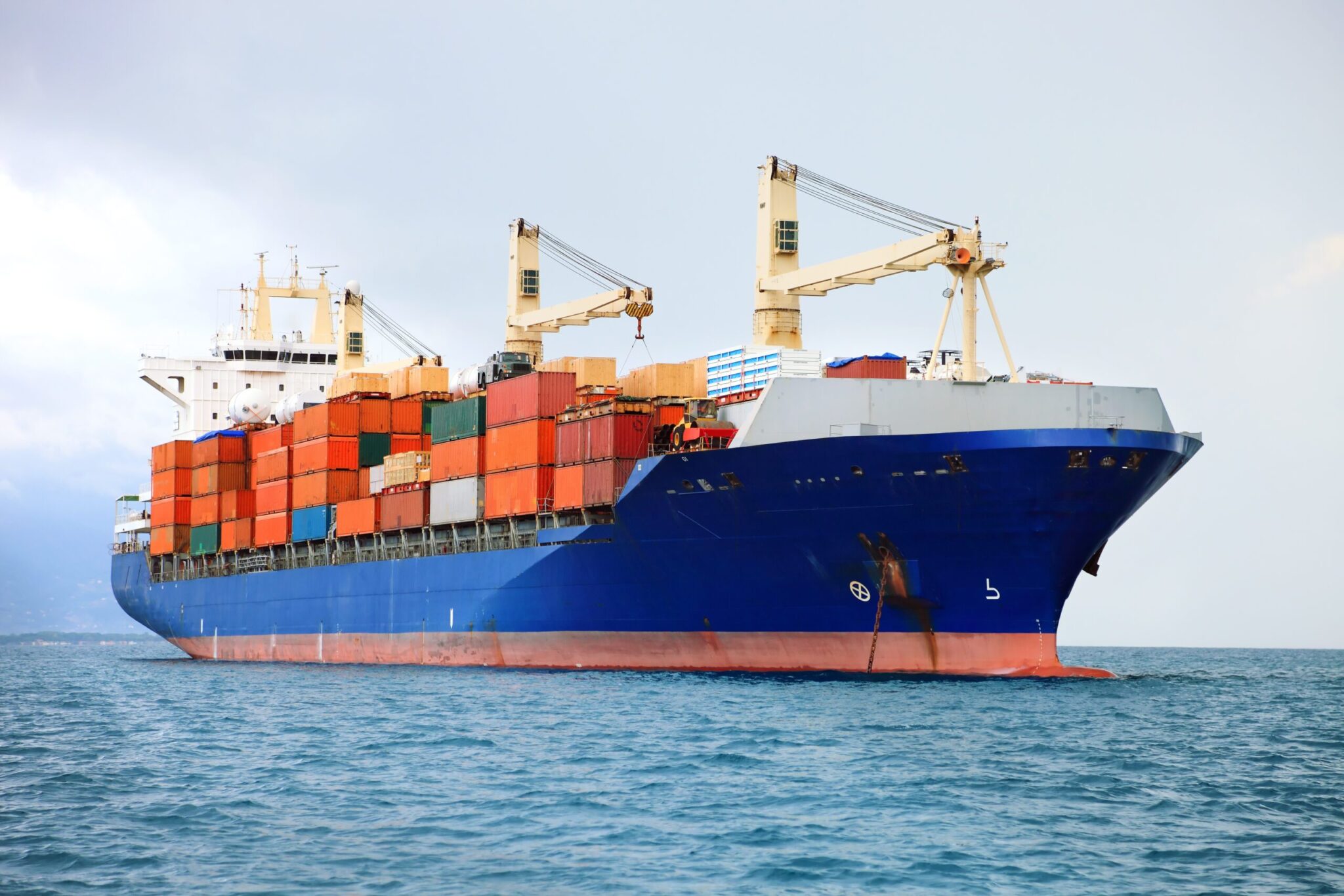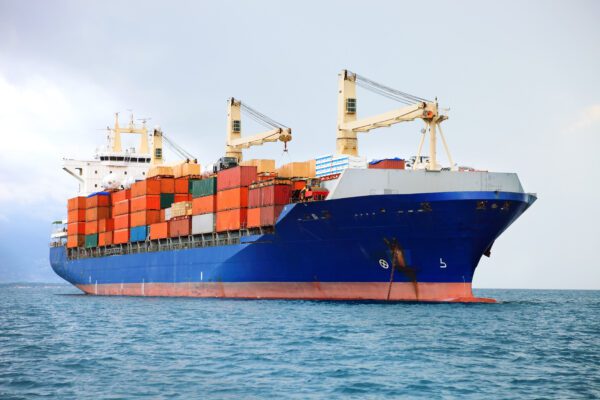

President Donald Trump’s long-promised slate of global tariffs have been announced and are wreaking havoc on the markets and many people’s nerves. In a much-anticipated press conference Wednesday, Trump laid out the tariff program, which includes 10% tariffs across the board on all imports to the U.S. as well as “reciprocal tariffs” on imports from a host of countries, ranging from an additional 10% to an additional 49% (that one’s for Cambodia). An additional 34% tariff on China is added to the 20% tariff Trump already implemented, bringing the total tariff on goods from that country to 54%.
Trump has framed the tariffs as a way to correct the longstanding trade imbalance between the U.S. and its trading partners, and while that long-term vision might be compelling to some, any positive impact will likely take years, even decades, to come to fruition through a reinvestment in U.S.-based manufacturing and production.
Retaliation Likely Despite Secretary Bessent’s Warning
In the meantime, businesspeople of all stripes, from farmers to retailers (not to mention consumers), are panicking at the realization of how much this will increase costs in the short term. There also is a strong likelihood that many countries will respond in kind with tariffs of their own on U.S. exports, potentially stifling international demand for U.S.-made goods and services. Treasury Secretary Scott Bessent warned against such moves, saying to Fox News: “My advice to every country right now is do not retaliate. Sit back, take it in, let’s see how it goes. Because if you retaliate, there will be escalation. If you don’t retaliate, this is the high-water mark.”
Whether countries will heed that threat/reassurance (hard to tell which it is) remains to be seen, but if history is any indicator the U.S. can count on retaliation; in fact, the EU has already vowed to do so. The Smoot-Hawley Tariff Act of 1930 — the most recent historical precedent to Trump’s actions this week — raised tariffs on more than 20,000 imported goods and prompted retaliatory tariffs by many other countries. That 1930 protectionist move is now widely seen as having worsened the Great Depression, despite aiming to do otherwise.
Trump doesn’t see it that way though. In a statement outlining the new tariffs, he framed the current trade situation as a national emergency: “Large and persistent annual U.S. goods trade deficits have led to the hollowing out of our manufacturing base, inhibited our ability to scale advanced domestic manufacturing capacity, undermined critical supply chains and rendered our defense-industrial base dependent on foreign adversaries,” reads the statement. “These conditions have given rise to the national emergency that this order is intended to abate and resolve.”
Apparel Industry Faces Particularly Strong Tariff Headwinds
While the long-term impact of these tariffs remains to be seen, the short-term result has been widespread concern. World stocks, the dollar and oil prices all plunged Wednesday in response to the news.
William Blair research analysts Dylan Carden and Anna Linscott said in a note shared with Retail TouchPoints that the tariffs seem “purpose-built to hobble the apparel industry, with the highest tariffs targeting regions that in aggregate are the source of 50% of apparel imports and a weighted average tariff of some 32% now levied against countries that are the source of close to 85% of apparel imports.”
GlobalData analyst Neil Saunders called out a few of the major companies that will be impacted, including:
- Nike, which makes 97% of its footwear in Vietnam, Indonesia and China;
- Abercrombie & Fitch, which sources 35% of its apparel in Vietnam, 22% in Cambodia, 12% in India and 7% in China; and
- Gap, which sources 27% of its products in Vietnam and 19% in Indonesia.
Shares of these companies and many other major apparel retailers were down in trading this morning.
“More tariffs equal more anxiety and uncertainty for American businesses and consumers,” said David French, EVP of Government Relations at the National Retail Federation in a statement. “While leaders in Washington may not care about higher prices, hardworking American families do. These tariffs will have a disproportionate impact on local communities and will be particularly harmful to small retailers. Even more so, the immediate implementation of these tariffs is a massive undertaking and requires both advance notice and substantial preparation by the millions of U.S. businesses that will be directly impacted.”
Does Closing of De Minimis Loophole Signal the End of Fast Fashion?
At the same time as he announced his tariffs, Trump also announced the elimination of the de minimis loophole for goods from China and Hong Kong, which had allowed shipments worth less than $800 to enter the U.S. tariff-free. The elimination of this loophole was a measure that many U.S.-based retailers had been advocating for some time, seeing it as giving an unfair advantage to low-cost Chinese ecommerce sites such as Shein and Temu.
Apparel resale platform ThredUp called the move “a critical step in addressing the unsustainable flow of ultra-fast fashion into the U.S.” in a statement, going on to say, “This policy change will increase the cost of cheaply produced, disposable clothing imported from China, directly impacting the business model that fuels overproduction and environmental degradation. For years, the de minimis loophole has provided an unfair advantage to fast fashion retailers, enabling them to flood the market with low-cost, short-lived items while circumventing import duties.”
The resale industry has much to gain from a reduction in fast fashion spending, and indeed the closing of this trade loophole is a blow to apparel retailers that rely on low prices to fuel their business model, and not just those based in China. Even U.S.-based fast fashion firms source much of their products from overseas. As a result, Maggie Barnett, CEO of third-party logistics firm LVK, predicted “a seismic shift that will redefine the inner logistics of fast fashion” and declare this is a “do or die moment” for the fast fashion industry as a whole.

